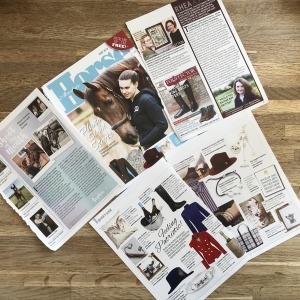 A little while ago I had someone explain to me that press releases were pointless if you don’t advertise with the publication. I couldn’t disagree more. In my experience (and, let’s be clear, I send a lot of press releases and have been for a number of years!), this is certainly not the case. More than this, it’s really underestimating the full scope of a press release. Let’s have a look at this in phases…
A little while ago I had someone explain to me that press releases were pointless if you don’t advertise with the publication. I couldn’t disagree more. In my experience (and, let’s be clear, I send a lot of press releases and have been for a number of years!), this is certainly not the case. More than this, it’s really underestimating the full scope of a press release. Let’s have a look at this in phases…
What’s a press release?
In really simple terms it’s a document that informs the press about a new product, services or newsworthy ‘thing’. This has changed a bit in recent times because ‘the press’ now includes websites, bloggers and various other channels too.
A press release is usually a concise text document that gets over the key points in a concise way. It’s not a book. It’s not a brand manual. It’s not your company’s history. It’s newsworthy content delivered in a succinct way.
Then what do you do with your press release?
You send it out to your contacts. These should be people you have reached out to in the media connected to your business (could be niche, national, regional, B2B, B2C… loads of options). The idea (and hope!) being that the person who receives it (traditionally a journalist but could be blogger, website editor, etc etc), sees some merit in what you’re saying, feels it’s valuable to their audience and uses this content. It could be online or in print. That’s the basic idea.
Ah- so press releases only work if you advertise?
No, no they don’t. Some magazines/websites work on a policy that DOES favour the content from advertiser- I’ll give to that. Why? Because advertisers support their business and allows it to run and keep functioning. There. That’s the basics. BUT many do not operate this as an editorial policy. I mean, one could argue that the above is actually advertising in itself, but that’s another debate. Many review and consider content in a press release (if it is worthy and actually new/interesting) for the what’s new sections, or product sections, or editors/bloggers reach out about tried and testeds and further opportunities. I’m not saying ‘this is what should happen, but it doesn’t’, I’m saying this is what DOES happen, because I know it does and have a lot of press cuttings to back this up.
But let’s clear one thing up right now. Not every press release you send will get the exposure you think it should. Some might not get picked up at all. This is annoying. If you were to speak to a magazine and pay, you could well bag yourself some advertorial space in the publication to run your release. Or you might be able to negotiate additional promotional opportunities moving forward. That is true. But people also pay to advertise and their product doesn’t get chosen. It might have a bearing on it (in a keeping advertisers sweet way) but I can categorically tell you that there IS a point to press releases. Even if you don’t advertise.
But if the press release doesn’t get used, it’s wasted
No. Whether it gets used or not, you should not send out one press release about a new product, service or newsworthy thing, mop your brow, and exclaim that the job has been done. It hasn’t. Repurpose the content. Tweak it and write a blog – or even a series of blogs depending on the story. Create a video. Take images and short clips for social media. Create graphics using snippets from the press release. BE CREATIVE. Having a press release written can be the core around the promotion of a new product or service. Repurposing and making sure you extract every bit of juice out of the story makes a press release incredibly valuable – it’s the cornerstone to the rest of it.
So, when you get told that press releases only work if you advertise, if you get asked ‘do press releases only work if you advertise’ then I would urge you to say no… because it’s simply not the case.




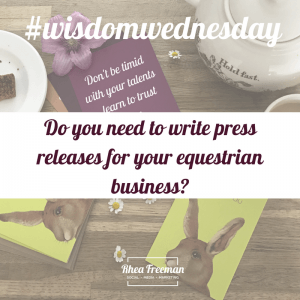
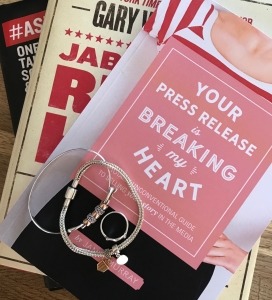
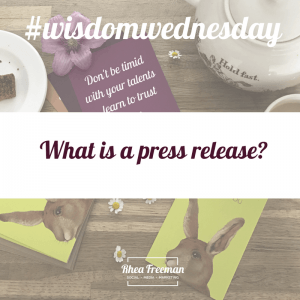
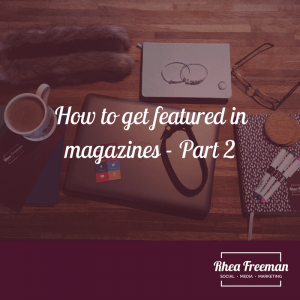 Following on from
Following on from